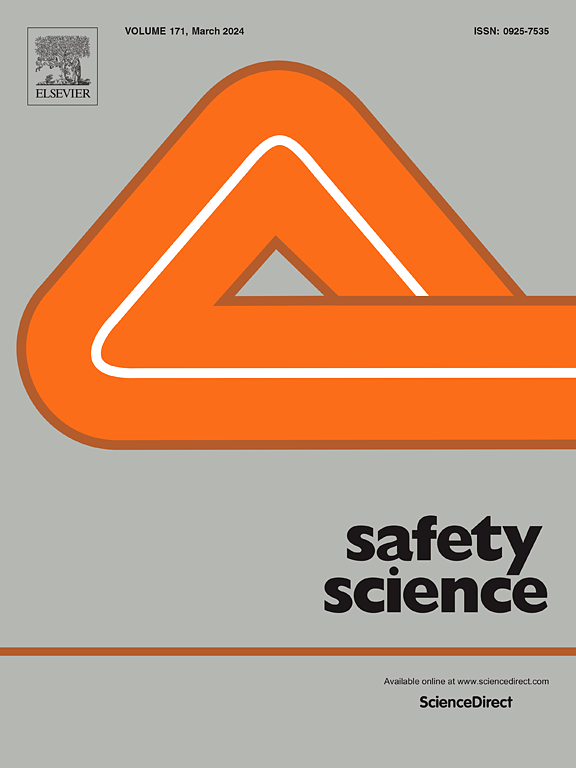验证北欧安全气候问卷(NOSACQ)的缩短版本对军人的影响
IF 5.4
1区 工程技术
Q1 ENGINEERING, INDUSTRIAL
引用次数: 0
摘要
这项研究的目的是利用以前收集的军事数据开发NOSACQ-50的缩短版本。NOSACQ-50之前已经用瑞典武装部队的数据进行了测试和验证,这些数据发表在三个独立的研究中。这些先前研究的三组数据被用于进一步的测试。采用经典测试理论和项目反应理论对NOSACQ-50问卷进行项目缩减。结果表明,军人群体对安全的感知不同,从而使得包含在民用数据开发的NOSACQ短版本中的项目在军事数据中表现不佳。NOSACQ的50个项目可以减少到35/34个项目。这项研究有几个局限性;一个限制是NOSACQ-35问卷仅在现有的NOSACQ-50框架内使用,使得准确性的改进无法检测到。进一步的研究应侧重于采用NOSACQ-35随机实验组和NOSACQ-50随机对照组的实验设计。然而,NOSACQ-35在完整的NOSACQ-50框架内进行了测试,关于改进可用性和可靠性的声明应谨慎解释。未来的研究应评估NOSACQ-35作为一个独立的仪器。本文章由计算机程序翻译,如有差异,请以英文原文为准。
Validating a shortened version of the Nordic safety climate questionnaire (NOSACQ) on a military population
The purpose of this study has been to develop a shortened version of NOSACQ-50 using previously collected military data. NOSACQ-50 has previously been tested and validated with data from the Swedish Armed Forces, published in three separate studies. The three sets of data from these previous studies were used for further testing. Classical test theory and item response theory were used to reduce the items included in the NOSACQ-50 questionnaire. The results indicate that the military population perceives safety differently, thus making items included in shorter versions of NOSACQ developed with civilian data, underperform with military data. The 50 items included in NOSACQ could be reduced to 35/34 items. There are several limitations to this study; one limitation is that the NOSACQ-35 questionnaire was only used within the existing NOSACQ-50 framework, making accuracy improvements impossible to detect. Further research should focus on an experimental design with a randomized experimental group using the NOSACQ-35 and a randomized control group using the NOSACQ-50 questionnaire. However, the NOSACQ-35 was tested within the full NOSACQ-50 framework, claims regarding improved usability and reliability should be interpreted with caution. Future research should evaluate the NOSACQ-35 as a standalone instrument.
求助全文
通过发布文献求助,成功后即可免费获取论文全文。
去求助
来源期刊

Safety Science
管理科学-工程:工业
CiteScore
13.00
自引率
9.80%
发文量
335
审稿时长
53 days
期刊介绍:
Safety Science is multidisciplinary. Its contributors and its audience range from social scientists to engineers. The journal covers the physics and engineering of safety; its social, policy and organizational aspects; the assessment, management and communication of risks; the effectiveness of control and management techniques for safety; standardization, legislation, inspection, insurance, costing aspects, human behavior and safety and the like. Papers addressing the interfaces between technology, people and organizations are especially welcome.
 求助内容:
求助内容: 应助结果提醒方式:
应助结果提醒方式:


